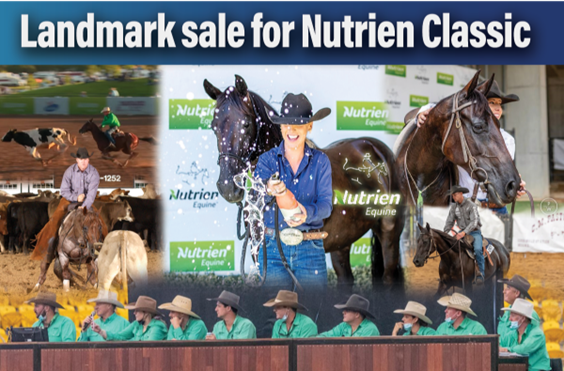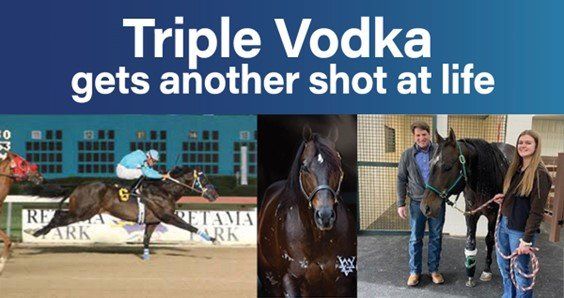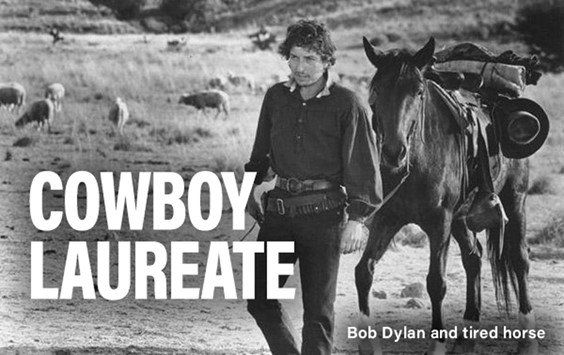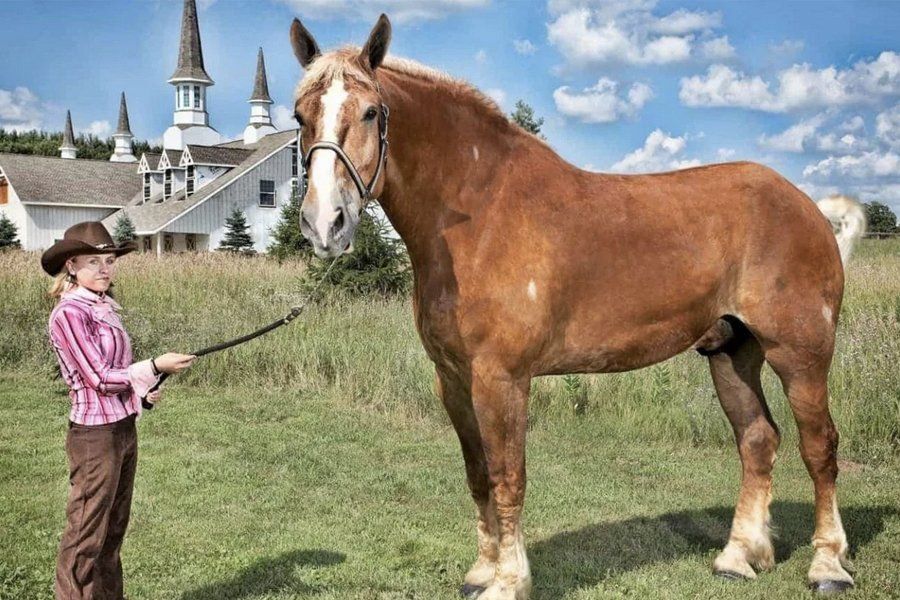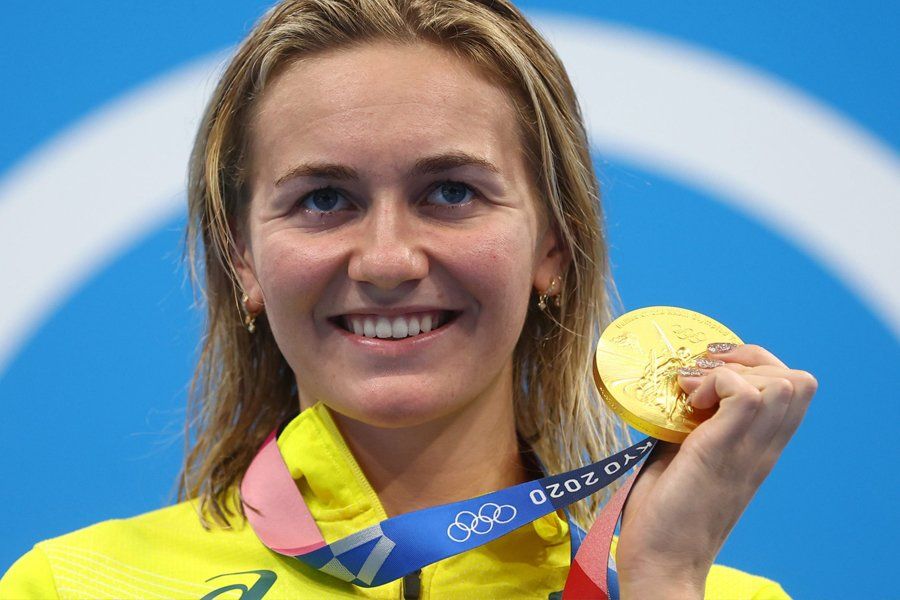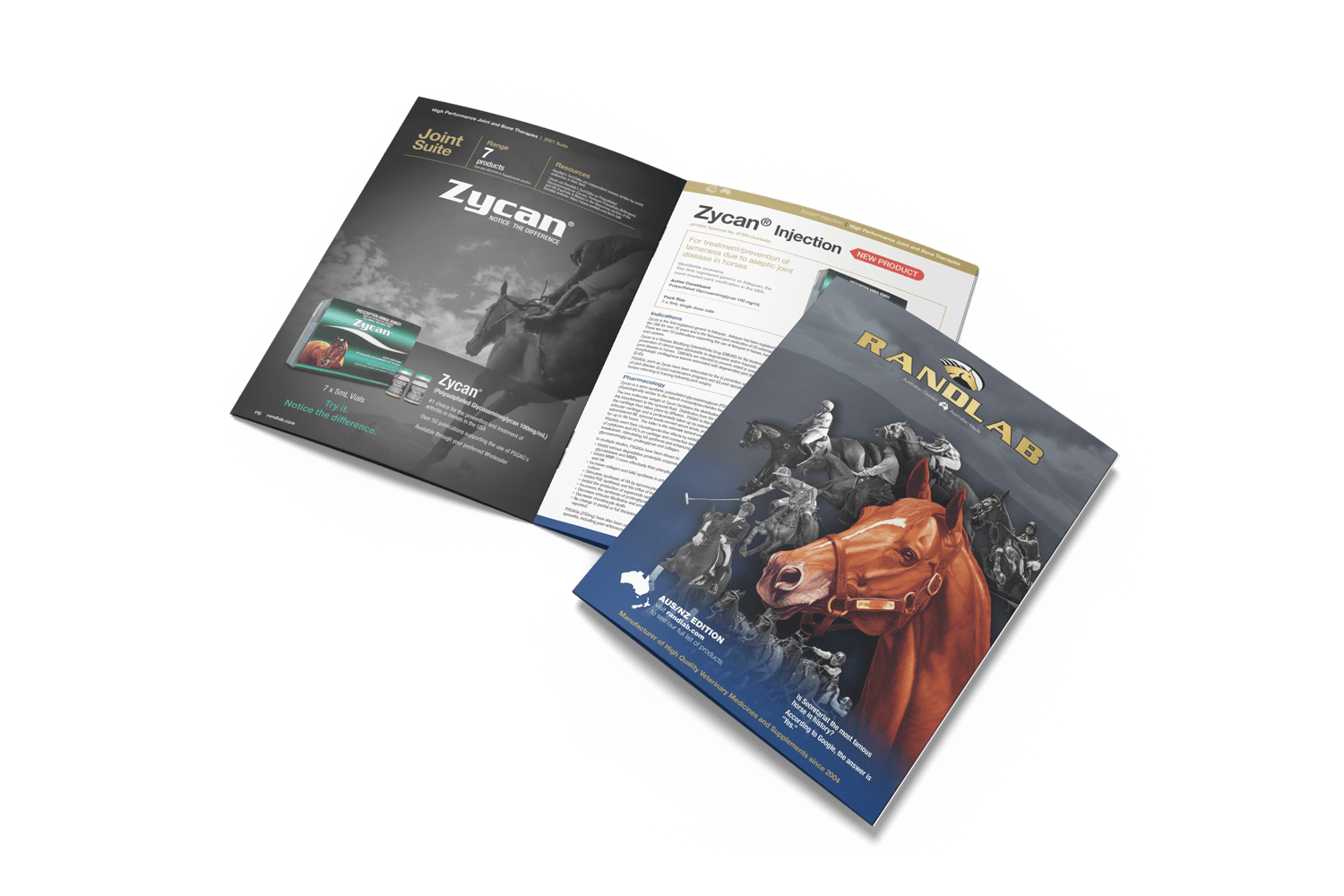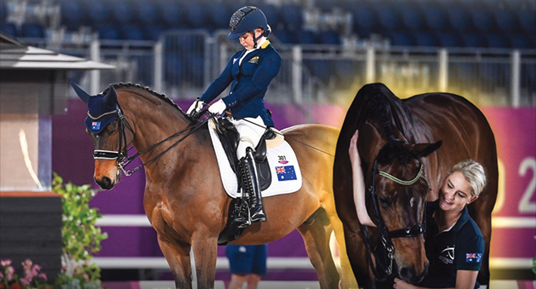Physiology of the swimming horse
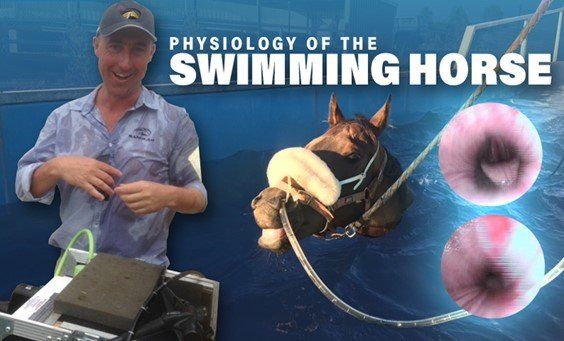
Swimming is a popular exercise in performance and pastime in leisure horses.
The physiology of the swimming horse has always fascinated me. May be not quite as much as the aerodynamics of how a 650kg warmblood manages to get off the ground let alone jump 2.0m. But fascinating all the same.
Swimming horses appear not to breathe for what seems like an eternity, then take a short maximal inspiration, followed by a prolonged period of apnoea before a final short explosive expiration.
Then they get out of the water, take one deep breath, snort and shake and their heart rate is back to normal. Swimming’s value as a cardiovascular conditioning exercise in the equine athlete would seem perhaps questionable, albeit it is a valuable training tool for many other reasons.
Back in 2019, Drs Cate Steel & Sue Jones (Melb Uni) and Sam Franklin (Adelaide Uni) were interested in the respiratory physiology of the swimming horse and wondered about the respiratory responses and the endoscopic appearances of the URT during swimming of the tethered horse.
So they called on the help of Randlab’s popular Vic/SA/Tas Territory Manager, Alex Macpherson. With a BSc and over 4000 facilitated gastroscopies under his belt, Alex knows his way around an endoscope and was up for the challenge.
Alex suggested that by using a piece of semi-rigid clear tubing to position the 3m endoscope in the upper airway, the video processor/light source could remain poolside and allow high quality dynamic videos of the swimming horse’s oropharynx and larynx to be recorded.
And so it proved to be.
The paper was published in the EVJ in 2019 and had many interesting findings including:
- During the apnoea phase, all horses exhibited complete collapse of the URT including closure of the external nares, nasopharynx and rima glottidis (with bilateral adduction of the arytenoid cartilages and vocal folds). Two horses even exhibited epiglottic retroversion.
- The locomotor-respiratory coupling seen during terrestrial exercise was not observed during swimming.
- Post swim endoscopy revealed grade 1 EIPH in 2 of 10 horses.
The authors speculated that the reason for the apparent complete URT collapse associated with post inspiratory apnoea when swimming is unknown but may be to aid buoyancy or associated with the mammalian dive response – a survival reflex to preserve oxygen stores and prevent water entering the lungs.
The full paper reference is:
Jones S, Franklin S, Martin C and Steel C. "Complete upper airway collapse and apnoea during tethered swimming in horses.". Equine Veterinary Journal, vol.52(3), 2020, pp. 352-358. doi:10.1111/evj.13177
Or you can request a copy by clicking
here.


